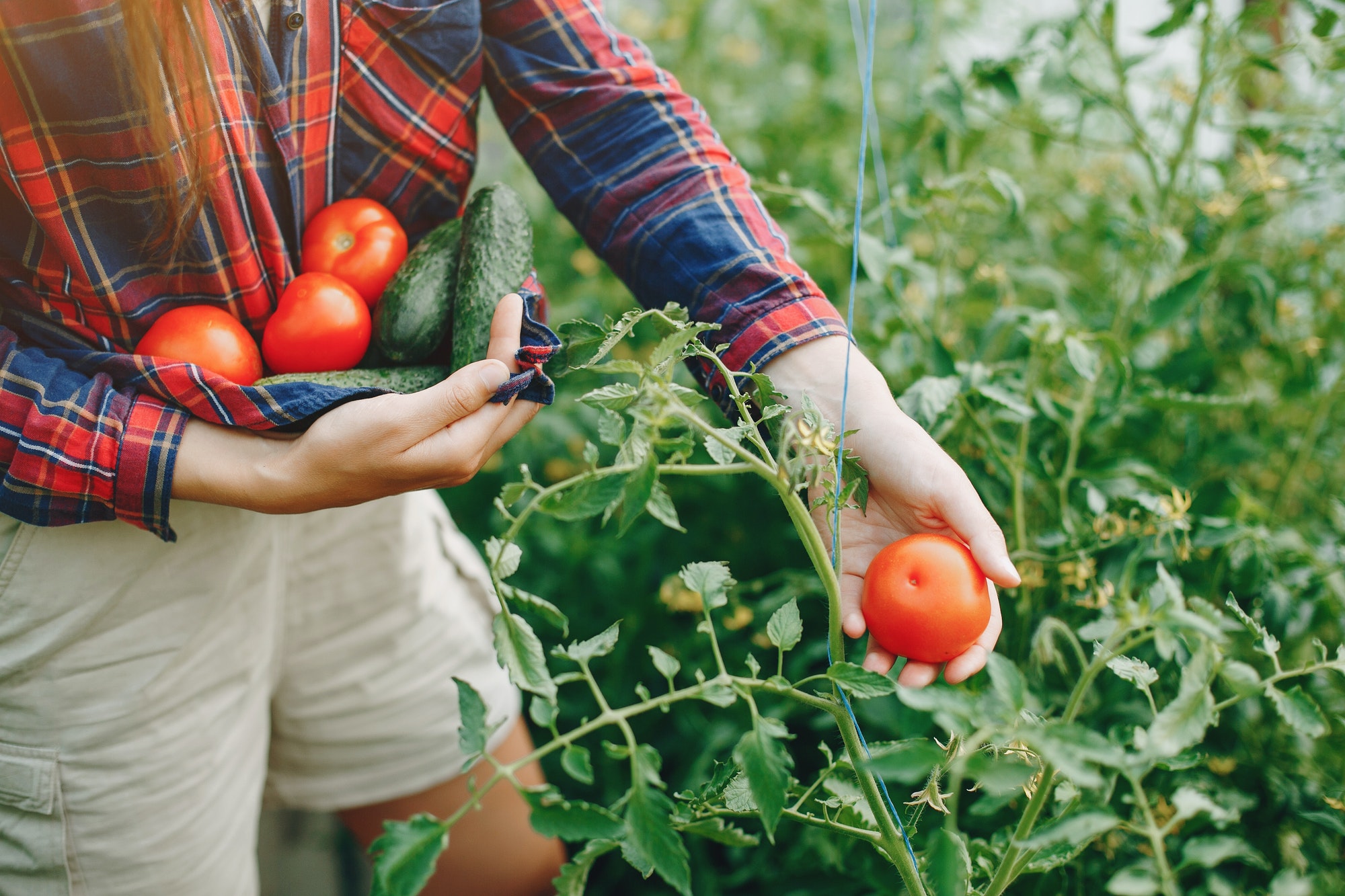Before you get started with your garden, there are several considerations you should make. First, choose a location that will provide adequate sunlight for your plants. You can choose to have supplemental water close by or to dig a hole deeper than the soil’s surface. Additionally, consider removing trees and shrubs that may shade your plants or draw moisture. These factors will make gardening a more enjoyable experience for you and your plants. If you’re planting in a small space, you can start with hand tools.
Next, decide on a spacing pattern. In a conventional garden, individual plants are typically spaced one to four feet apart. In succession planting, you replace the spent plants of one crop with another. The goal is to have your garden produce food from spring to late fall, without having to add additional space. To plan your space, think about how you will use the space. A garden plot that is elevated will allow cold air to flow away from plants on clear nights.
Cut-and-come-again gardens can also be an option. You don’t need to grow as many plants in this type of garden, but you can still get a steady harvest. This type of garden can be kept close to the kitchen. This proximity to the kitchen makes it easier to remember to harvest vegetables regularly. Furthermore, the taste of home-grown vegetables is superior to store-bought vegetables. And if you don’t have a garden, you can use vegetable cuttings as compost.
For maximum growth, consider growing eggplants on stakes. Harvesting eggplants should take place about 60 to 80 days after transplanting. When the fruit is glossy and has developed its seeds, it’s time to harvest. If the fruit is over-mature, it will be bitter. Arugula can also be a cut-and-come-again plant. Pinching basil will encourage it to grow more bushy.
If you’re planning to use overhead sprinklers, consider measuring the amount of water applied. You can also place a wide-mouthed watering can near the sprinkler to collect the water that drips onto the plants. Then, if you’re planting perennials, you’ll be saving yourself money in the future. These plants will return year after year. This helps prevent plant disease and pest infestations. A standard recommendation is to plant vegetables every three years.
Raised beds are an excellent way to improve drainage and make the soil better for growing plants. Although raised beds require more time to develop, these are often worth the wait. Raised beds are also ideal for areas with poor soil, as they increase yields from a limited space. In addition, raised beds are easy to maintain and require minimal maintenance. Although they require more water and irrigation, they have the advantage of an expanded growing season. If you’re planning to use a raised bed in your yard, consult an MU Extension publication for detailed instructions on how to build a raised bed.
